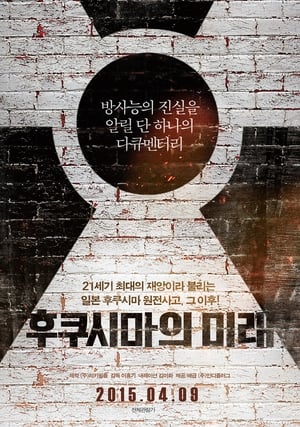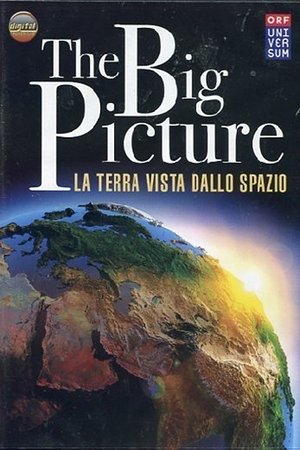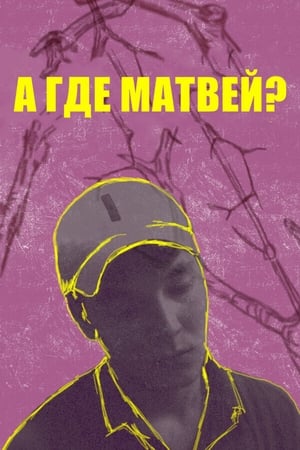Nuclear Meltdown

Nuclear Meltdown
HomePage
Overview
Release Date
2011-01-01
Average
6
Rating:
3.0 startsTagline
Genres
Languages:
EnglishKeywords
Similar Movies
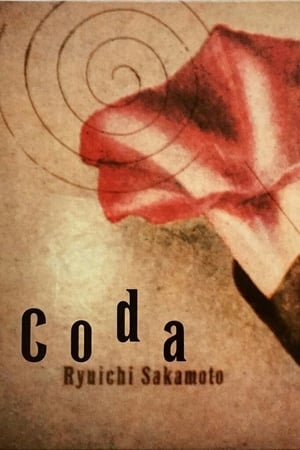 7.4
7.4Ryuichi Sakamoto: Coda(ja)
Oscar winning composer Ryuichi Sakamoto weaves man-made and natural sounds together in his works. His anti-nuclear activism grew after the 2011 Fukushima disaster, and his career only paused after a 2014 cancer diagnosis.
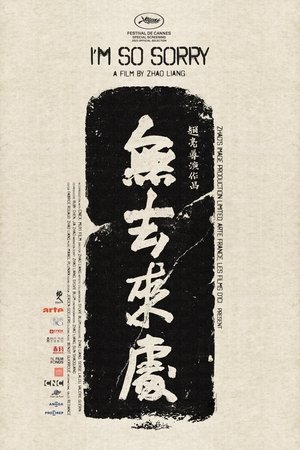 0.0
0.0I'm So Sorry(fr)
In a quiet forest, a sign warns of radiation hazard. “Is this the past or the future?” muses the masked figure who appears like a kind of ghost in nuclear disaster areas. At a time when nuclear power may be re-emerging as an alternative to fossil fuels, this calmly observed and compelling tour takes us to places that may serve as a warning.
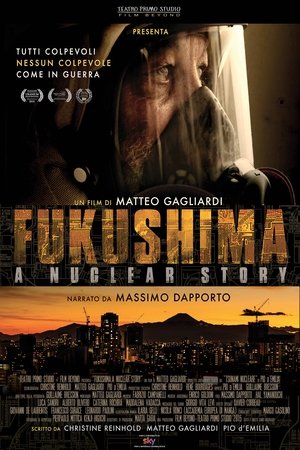 7.4
7.4Fukushima: A Nuclear Story(en)
A powerful documentary that sheds some light on what really happened at the Fukushima nuclear power plant after the 2011 earthquake and the tsunami that immediately followed. A powerful documentary - shot from March 11th, 2011 through March 2015 - that sheds some light on what really happened at the Fukushima nuclear power plant after the 2011 earthquake and the tsunami that followed.
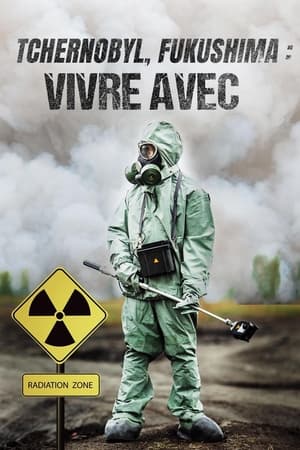 7.5
7.5Chernobyl, Fukushima: Living with the Legacy(fr)
30 years after the Chernobyl catastrophe and 5 years after Fukushima it is time to see what has been happening in the “exclusion zones” where the radioactivity rate is far above normal.
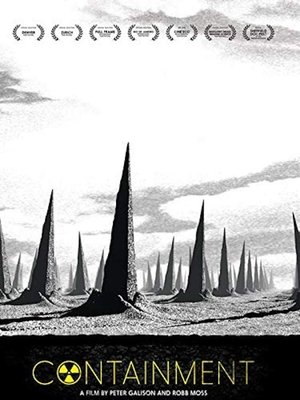 4.8
4.8Containment(en)
Every nuclear weapon made, every watt of electricity produced from a nuclear power plant leaves a trail of nuclear waste that will last for the next four hundred generations. We face the problem of how to warn the far distant future of the nuclear waste we have buried --but how to do it? How to imagine the far-distant threats to the sites, what kinds of monuments can be built, could stories or legends safeguard our descendants? Filmed at the only American nuclear burial ground, at a nuclear weapons complex and in Fukushima, the film grapples with the ways people are dealing with the present problem and imagining the future. Part observational essay, part graphic novel, this documentary explores the idea that over millennia, nothing stays put.
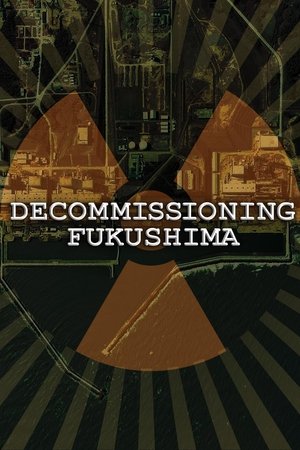 0.0
0.0Decommissioning Fukushima: The Battle to Contain Radioactivity(en)
TEPCO's Fukushima Daiichi Nuclear Power Plant is the site of one of history's worst nuclear disasters: the meltdown of three nuclear reactors. The decommissioning program in Japan learns from the Three Mile Island decommissioning in the US after the nuclear plant accident in 1976 in Pennsylvania.
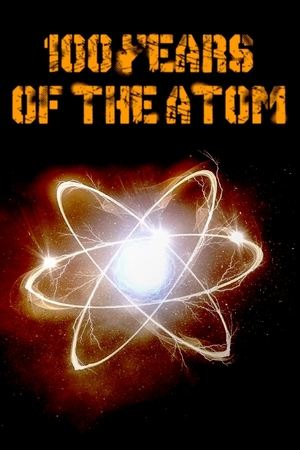 6.3
6.3100 Years of the Atom(fr)
The exciting story of the splitting of the atom, a scientific breakthrough of incalculable importance that ushered in the nuclear age, has a dark side: the many events in which people were exposed to radiation, both intentionally and by accident.
Souls of Zen: Ancestors and Agency in Contemporary Japanese Temple Buddhism(en)
The Japanese population’s reaction to the catastrophe of March 2011 has been described as “stoic” by the Western media. The Japanese code of conduct is indeed deeply rooted in their Buddhist traditions, and young filmmakers Tim Graf and Jakob Montrasio observe in detail what this means for the people and their religion. At graveyards, in temples, at monasteries and with families, they question the impact this triple affliction has had on the lives and beliefs of the inhabitants. How deeply do their beliefs affect their grieving? What role do the monks play in assisting people with their grief? And, what effects has this enormous catastrophe had on their religious rituals? SOULS OF ZEN inserts the events of March 2011 into the context of traditional Zen Buddhism, examining Japan’s religiousness and the beliefs of those practising it at a crucial turning point.
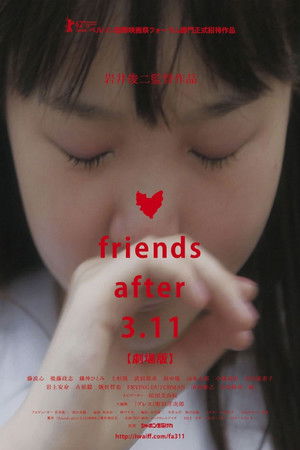 7.0
7.0Friends After 3.11 劇場版(ja)
In March 2011, Japan was struck by a catastrophic earthquake, with the devastating tsunami that followed causing a meltdown at the Fukushima nuclear power station that sent ripples of discontent throughout the country. Director Iwai Shunji's Friends after 3.11 (2011) is a deeply personal documentary which uses the statements of some of his closest friends to express the views of a society in a state of political despondency.
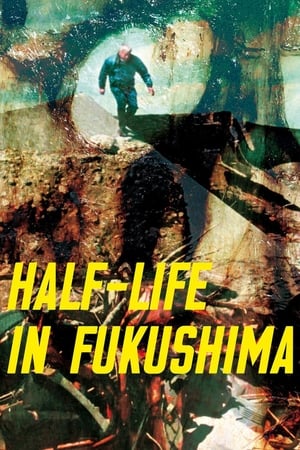 6.6
6.6Half-Life in Fukushima(fr)
In the aftermath of the Fukushima nuclear disaster, a Japanese farmer ekes out a solitary existence within the radiation red zone.
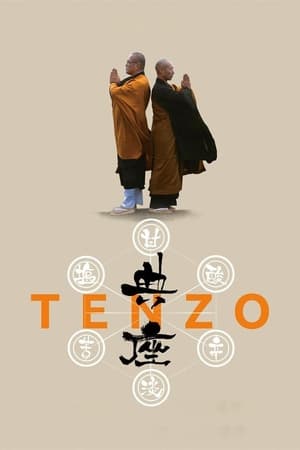 7.0
7.0Tenzo(ja)
To address the social crisis, Chiken - a buddhist monk - throws himself into various tasks such as a suicide helpline, in his temple in Yamanashi. In Fukushima, his old mate Ryûgyô - whose temple was wrecked by the tsunami - lives in a portacabin and works on construction sites.
The Message from Fukushima(ja)
Short documentary about the aftermath of the Fukushima nuclear disaster.
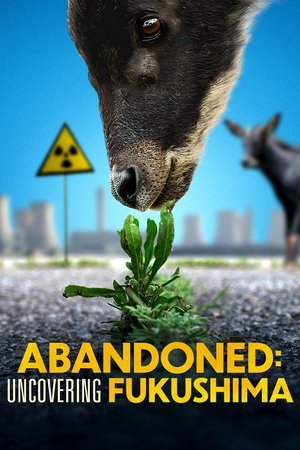 0.0
0.0Uncovering Fukushima(en)
It follows a group of investigators as they return to the nuclear zone in Fukushima to uncover the secrets behind the wildlife that has claimed the toxic environment as its own.
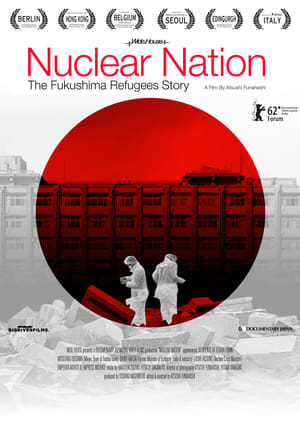 6.5
6.5Nuclear Nation(ja)
After the 11 March 2011 tsunami and nuclear disaster, residents of Futaba, a town in Fukushima Prefecture, are relocated to an abandoned high school in a suburb of Tokyo, 150 miles south. With a clear and compassionate eye, filmmaker Atsushi Funahashi follows the displaced people as they struggle to adapt to their new environment. Among the vivid personalities who emerge are the town mayor, a Moses without a Promised Land; and a farmer who would rather defy the government than abandon his cows to certain starvation.
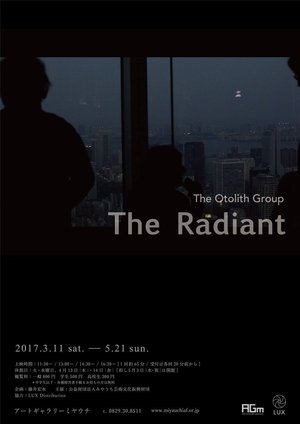 0.0
0.0The Radiant(en)
The Radiant explores the aftermath of March 11, 2011, when the Tohoku earthquake triggered a tsunami that killed many thousands and caused the partial meltdown of the Fukushima Daiichi nuclear power plant on the east coast of Japan. Burdened by the difficult task of representing the invisible aftermath of nuclear fallout, The Radiant travels through time and space to invoke the historical promises of nuclear energy and the threats of radiation that converge in Japan in the months immediately following the disaster.
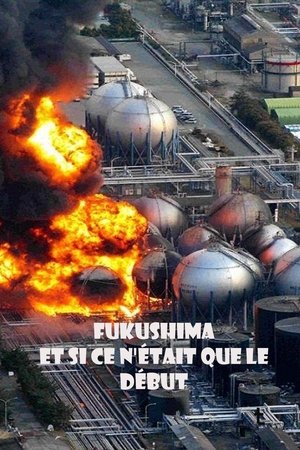 6.8
6.8Fukushima: Is Nuclear Power Safe?(en)
Six months after the explosions at the Fukushima nuclear plant and the release of radiation there, Professor Jim Al-Khalili sets out to discover whether nuclear power is safe. He begins in Japan, where he meets some of the tens of thousands of people who have been evacuated from the exclusion zone. He travels to an abandoned village just outside the zone to witness a nuclear clean-up operation. Jim draws on the latest scientific findings from Japan and from the previous explosion at Chernobyl to understand how dangerous the release of radiation is likely to be and what that means for our trust in nuclear power.
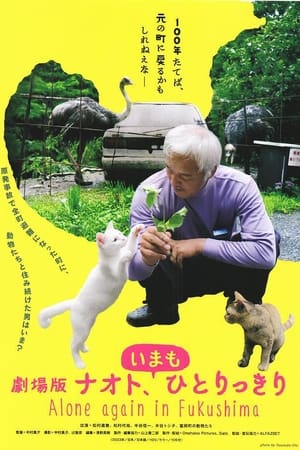 0.0
0.0Alone Again in Fukushima(ja)
“Alone Again is Fukushima” is the long-awaited sequel to "Alone in Fukushima" (2015), which followed Naoto Matsumura, a man who remained in the nuclear zone in Fukushima to tend animals. The film has followed Naoto for nearly a decade and portrays how Naoto and the animals survived the residents' return to the town, Tokyo Olympics, and COVID-19. In the course of 10 years, many animals and humans were born and died. But Naoto remained in the town and took care of the animals. He raised chickens and kept bees in order to survive. In 2017, Tomioka became the place where people can come back to live, however most young people didn’t return. There is no end in sight for the nuclear crisis in Fukushima. The contaminated water is overflowing and will be pumped out to the ocean soon. Meanwhile the government is trying to restart the nuclear reactors all over the country. The film will give us a chance to reflect on this situation by looking at how Naoto and animals survive in Fukushima.
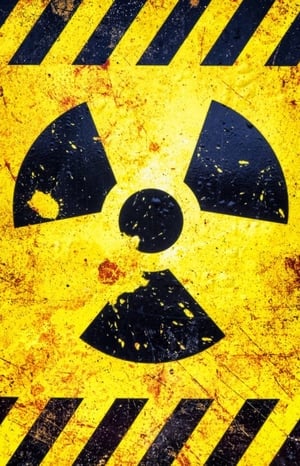 0.0
0.0Chernobyl and Fukushima: The Lesson(en)
Chernobyl 1986. A nuclear reactor exploded, spewing out massive quantities of radiation into the atmosphere. Within days, the pollution had spread across Europe. Living on land contaminated with radioactivity would be a life-changing ordeal for the people of Belarus, but also for the Sami reindeer herders of central Norway. It even affected the Gaels of the distant Hebrides. Five years ago there was a meltdown at the Fukushima reactor, and thousands of Japanese people found their homes, fields and farms irradiated, just as had happened in Europe. This international documentary, filmed in Belarus, Japan, the lands of Norway's Sami reindeer herders and in the Outer Hebrides, poses the question: what lessons have we learned?
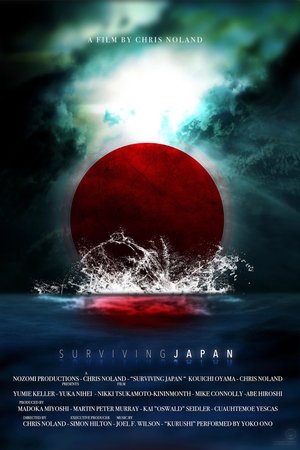 8.0
8.03.11: Surviving Japan(en)
True story of an American volunteer who discovered the unvarnished truth about the Fukushima nuclear disaster cover-up while living in Japan. A critical look at how the authorities handled the nuclear crisis and Tsunami relief by an American who volunteered in the clean-up.
Recommendations Movies
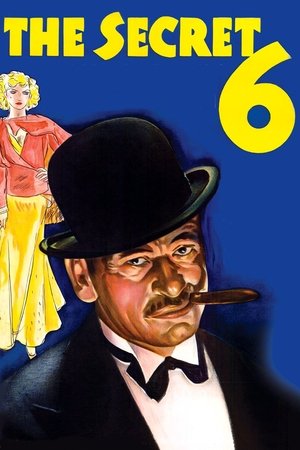 5.8
5.8The Secret Six(en)
Bootlegger/cafe owner, Johnny Franks recruits crude working man Scorpio to join his gang, masterminded by crooked criminal defense lawyer Newton. Scorpio eventually takes over Frank's operation, beats a rival gang, becomes wealthy, and dominates the city for several years until a secret group of six masked businessmen have him prosecuted and sent to the electric chair.
 6.0
6.0Mantovani, the King of Strings(it)
Known for his unmistakable cascading strings and recordings such as Charmaine, Mantovani enthralled the world with his sublime arrangements. This is the story of the man and his music.
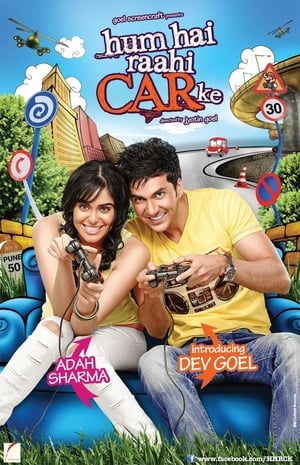 7.5
7.5Hum Hai Raahi CAR Ke(hi)
Hum Hai Raahi CAR Ke is the story of two friends who on one New Year's night decide to travel from Mumbai to Pune. But a trip that should only take a couple of hours ends up becoming an all-nighters, with wacky events keeping them on the road and preventing them from reaching their destination.
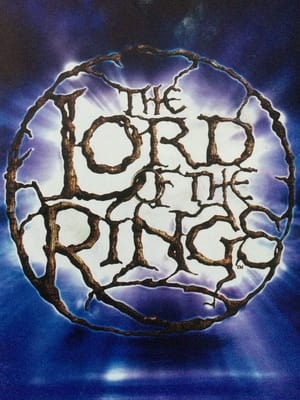 8.8
8.8The Lord of the Rings the Musical - Original London Production - Promotional Documentary(en)
This 15-minute DVD follows the adaptation of LOTR for the stage, and features rehearsal and show footage of the initial production in Toronto as well as interviews with the creative team now preparing for the London production.
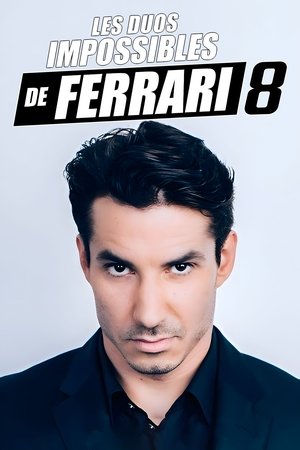 7.6
7.6Les duos impossibles de Jérémy Ferrari : 8ème édition(fr)
For the 8th edition of his "Duos impossibles", Jérémy Ferrari takes to the Folies Bergère stage with a host of artists chosen by himself. Each was assigned a pairing, and together the duos were tasked with writing and performing a sketch on the year's theme: love.
The Return is the Movement of Tao(en)
This fascinating musical documentary explores the career of Chinese pianist Zhu Xiao-Mei, with a particular focus on her quintessential piece: Bach's The Goldberg Variations.
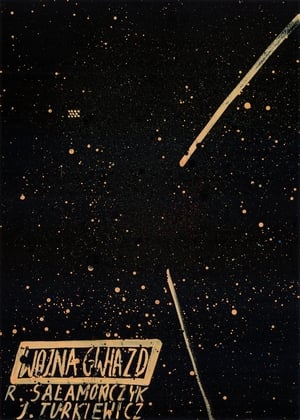 7.5
7.5War of Stars(pl)
Documentary about the Polish fandom and various collectible Star Wars items from 70's and 80's. This is a sentimental retro journey to the times of PRL (Polish People's Republic), where passion and fantasy were meeting up with the sad reality of life under the communist oppression.
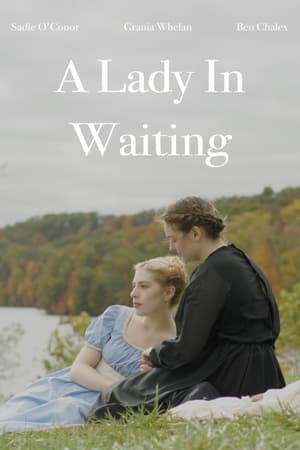 10.0
10.0A Lady In Waiting(en)
A young woman in 1810s England must hide her secret relationship with her maid from her fiancé.
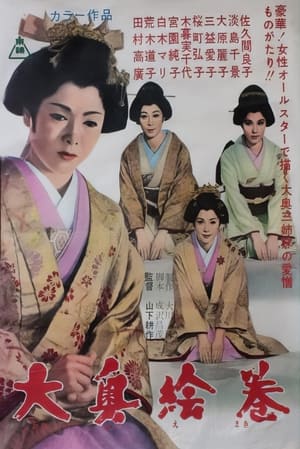 4.3
4.3Tales of the Inner Chamber(ja)
Love-hate drama of three beautiful sisters in Ooku in Edo Castle.
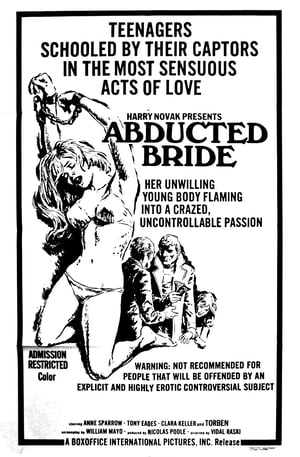 5.0
5.0The Abducted Bride(en)
The unrated US version of The Sinful Dwarf. Not to be confused with the Hardcore version. A tamer version similar to how Caligula was released. Olaf and his mother run a boarding house which fronts for a white slavery ring. When a young couple moves in the wife becomes suspicious of the landlords which lead her to be abducted into the slavery ring. Released in 1973 by Eduardo Fuller.
Lauf der Dinge(de)
They're young. They're hungry for life. And they've left the cold, gray North behind for fun and adventure on a Mediterranean island. Elisa: rich, spoiled, fleeing from daddy and his stifling upper-class morals. Richie: the sexy drifter for whom every woman is a potential meal ticket; Florian: sensitive, gentle, the type not only girls gravitate to; Daniel: stuck between adolescence and small-mindedness. But even in paradise there are some dark corners that never get any sun. It's where you can lose your way, or your bearings... where you can discover love or refuse to see it... where you realize that you haven't really left the cold, gray North behind – but that it's inside you - and that this is real life...
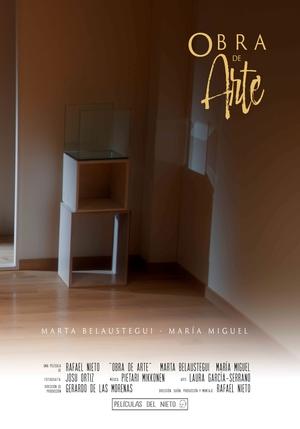 6.0
6.0Artwork(es)
The cleaning lady at a well-known contemporary art museum throws a whole installation in the trash.
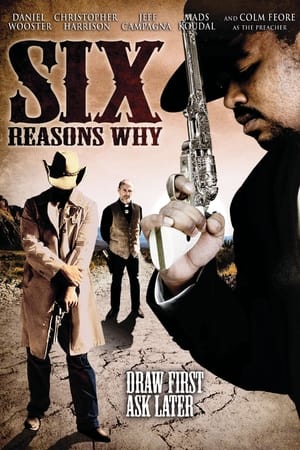 5.2
5.2Six Reasons Why(en)
In a desolate place called the Badlands, four men stand off with guns drawn, their fingers ready at the trigger. Among them are a fugitive seeking redemption, a son out to avenge his father's murder, a loyal servant with a secret and a murderous criminal hired to kill with a vengeance. This is their story...in a place where revenge, deception and cruelty are a way of life.
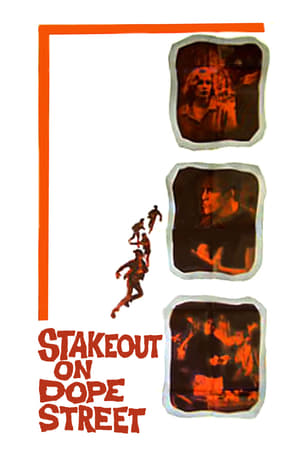 6.4
6.4Stakeout on Dope Street(en)
Three teens get into the drug business when they discover two pounds of uncut heroin in a briefcase that was lost during a botched drug bust.
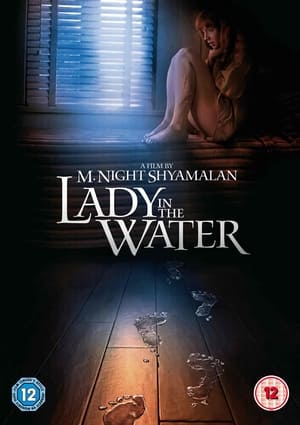 3.5
3.5Reflections of Lady in the Water(en)
Explores the nature of creativity and collaboration on the making of this very unique story in an earnest and unexpectedly touching manner.
